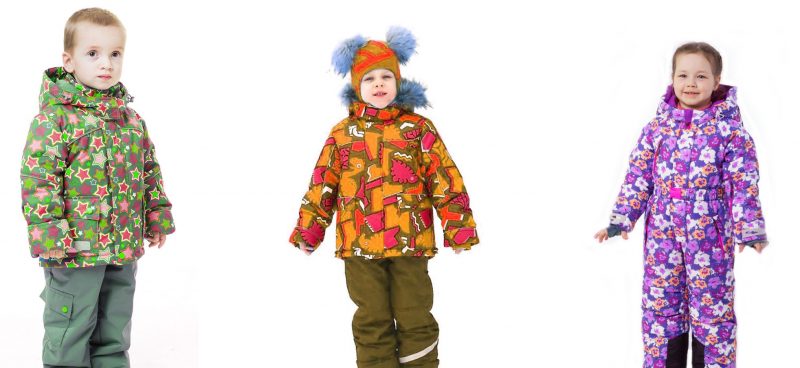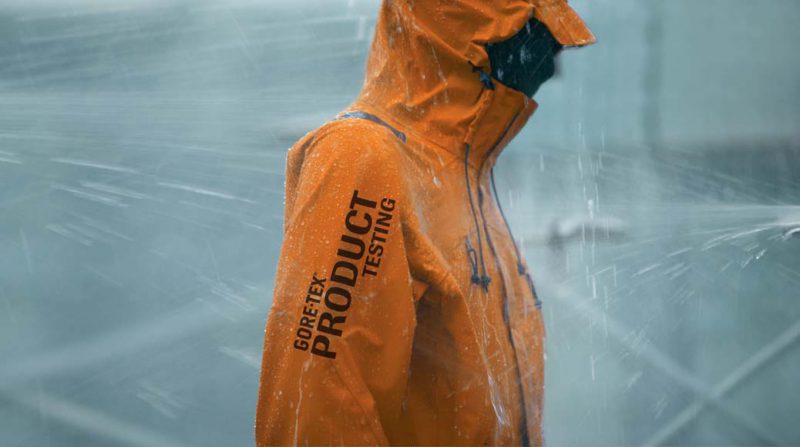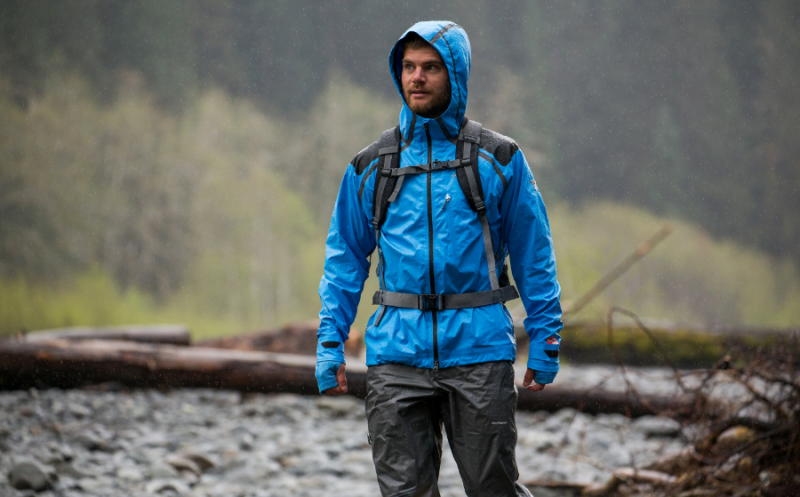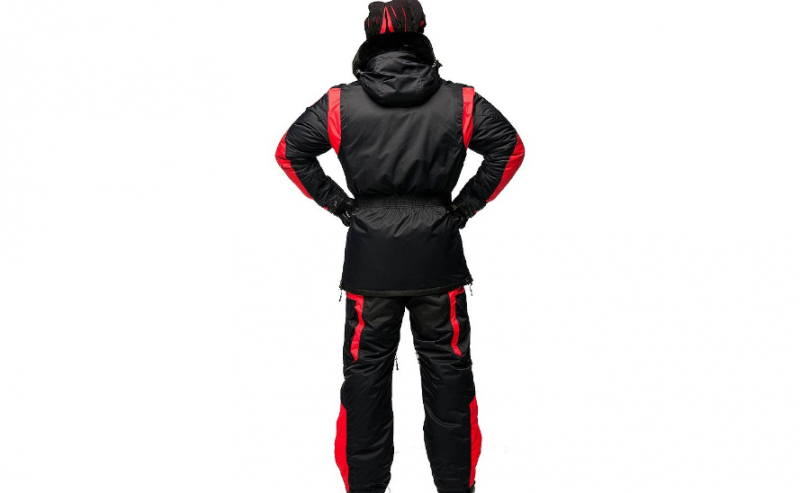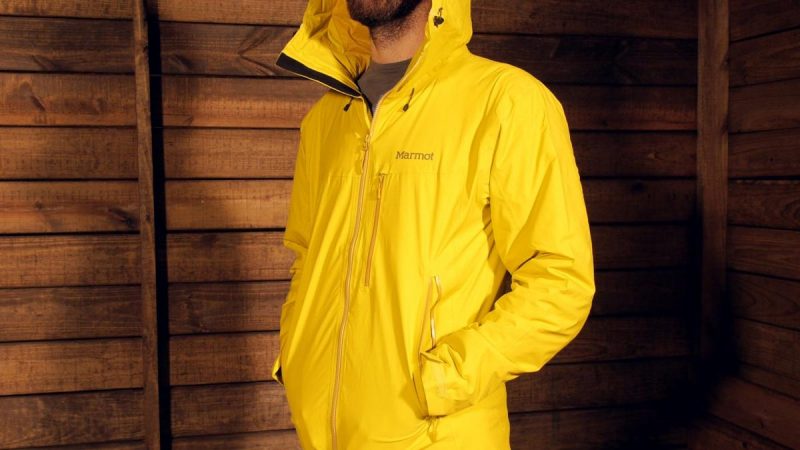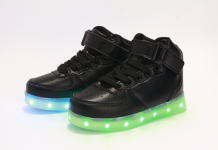The phrase "membrane clothing" has been heard by many, but not everyone knows about its features. To choose a really suitable thing from this material will help the important and necessary information outlined in this article.
Material Content:
What is membrane clothes
The membrane is a very thin polymer film with a large number of tiny holes. It is pressed in a special way to a material, usually synthetic. It turns out membrane tissue, which has a special structure and specific qualities. It helps the skin breathe, while protecting against hypothermia. For sewing clothes use one or more layers of such a canvas.
Characteristic and material properties
Membrane fabric was first used to make specific equipment: sleeping bags, tents and other sports equipment. Now its scope has expanded significantly. Most often, outerwear is sewn for off-season and cold season: jackets, overalls, windcheaters, semi-overalls.
Membrane tissue can be of several types.
- Hydrophilic (non-pore) - consists only of a film. When a person sweats, moisture first settles on the inner surface of matter, and then rather quickly begins to evaporate during active movements. The non-pore membrane has a long service life. It performs its function in a wide temperature range and does not require special care. Among the shortcomings - it starts to "work" not immediately. Because of this, at first there is a feeling that the clothes are wet.
- Hydroporic (pore) - has a surface with small pores.Thanks to this, sweat secretions inside are not delayed, but are freely withdrawn. Raindrops and snow remain outside. Pore membranes begin to work immediately, but quickly lose useful abilities with improper care.
- Combined. Improved option with a higher price. It contains both types of tissue, each of which performs its function.
The advantages of such clothes:
- repels dirt well;
- protects from wind, snow and rain;
- prevents excessive sweating and keeps the body dry;
- light and warm;
- creates a special microclimate under clothes;
- all-weather destination;
- has an attractive appearance.
The main disadvantages of the material:
- high price;
- requires special care;
- relatively short life;
- not suitable for daily wear.
The list of useful qualities of membrane tissue is solid, therefore, products from it are becoming more popular.
Features of the choice of clothing for children and adults
To constantly wear membrane clothing will not work. It is recommended to wear it during exercise or in the process of outdoor activities.
When appropriate to use:
- on the rink;
- for active city entertainment in the park, in the yard or in the square;
- while skiing and snowboarding;
- for walks in the woods and other active trips;
- ideal for professional tourists, climbers;
- for rollerblading, bicycles.
Membrane clothes are not suitable for those who do not move much on the street, prefer quiet gatherings on a bench in the park or unhurried walks.
Particular attention should be paid to the choice of membrane clothing for children. It is appropriate to wear it only to small fidgets who do not sit on the street in one place.
When buying membrane clothing check:
- how lightning, Velcro work;
- color uniformity;
- quality of processing joints, their waterproofing;
- the presence of mechanical damage and pollution.
Pay attention to how comfortable the item is. Does it not constrain movements, if you raise and lower your hands, crouch. How comfortable is her collar, hood, pockets.
On the label of clothes made of membrane fabrics indicate the parameters of vapor and water resistance. Some manufacturers additionally spelled out information about wear resistance and wind permeability.
For example, we will examine the label of a sports jacket on which such data is recorded: 5,000-7,000 g / sq. meter and 8,000 mm. The first figures are vapor permeability indicators. They indicate how much water per day passes through the square. meter of fabric. The number 800 explains at what maximum water column the material will not get wet. In clothes with such inscriptions on the label, you can quite comfortably actively fish with a spinning rod in moderately rainy weather.
Clothing with a water resistance rating of 20,000 g / sq. The meter is suitable for use during storms, 10,000 for heavy rain, 5,000 for light rainfall. If the number 3,000 is indicated, it is appropriate to wear a jacket or overalls only with drizzling rain or light snow. The vapor tightness in high-quality products is usually above 8,000 mm. The average figure is 5,000 mm, the minimum is 3,000 mm.
Temperature and features socks
You can wear clothes made of membrane material at different times of the year: in autumn, winter or spring. Depending on weather conditions, personal activity and the season, you can choose models on the insulation, with silk or fleece lining.
The basic principle of its use is layering.
Membrane fabric helps create a special microclimate under clothing.
It’s comfortable to feel comfortable if you choose the right layer of clothing.
You should not wear a knitted T-shirt and a warm woolen sweater under the membrane jacket, and then engage in active sports. These types of fabric quickly get wet and retain moisture. The liquid will be poorly excreted, and it will not work to feel comfortable. Under membrane clothing, it is better to wear fabrics with the addition of synthetics.Thermal underwear or regular suits well, in which about 50% of synthetic materials, as well as fleece and polartek.
Care products
Membrane clothing requires special care. Special tools improve its properties and increase the service life. Fluoride-based spray is used to increase the water-repellent ability of membrane tissue. It is applied on the outside of the garment. After use, a protective layer forms that resists moisture.
Aerosols or special fluids are used for impregnation. Choose depending on the type of fabric. Drugs are used on clean clothes. Sometimes such tools can change the color of the product.
Washing and drying membrane clothes
Often, washing a thing is not recommended. With a little dirt, just wipe the stain with a small piece of damp cloth. If radical cleaning is necessary, then study the care information on the label of a particular product.
Usually it is recommended not to soak the thing, but to hand wash the membrane clothes in water with a temperature of no more than 40 degrees. Such products are afraid of mechanical stress. They can not be washed in a washing machine, wrung out and twisted.
With the usual detergents, it is impossible to eliminate pollution. Washing powders, various fabric softeners and bleaches spoil the structure of this delicate fabric. From their influence, the membrane partially loses its breathable properties and ceases to “breathe”.
Chlorine products also adversely affect membrane tissue. They clog pores. This reduces the ability to repel water and leads to rapid wetting of products. For washing membrane clothes, special tools are used.
Dry products in a room with good ventilation at room temperature. Place horizontally and straighten. They are protected from direct sunlight.
Do not place membrane clothing on sources of hot air so that the item dries faster.
Ironing such products is also prohibited.
Store things upright. Membrane clothing should be carefully straightened and placed in a special cover made of fabric or polyethylene.


